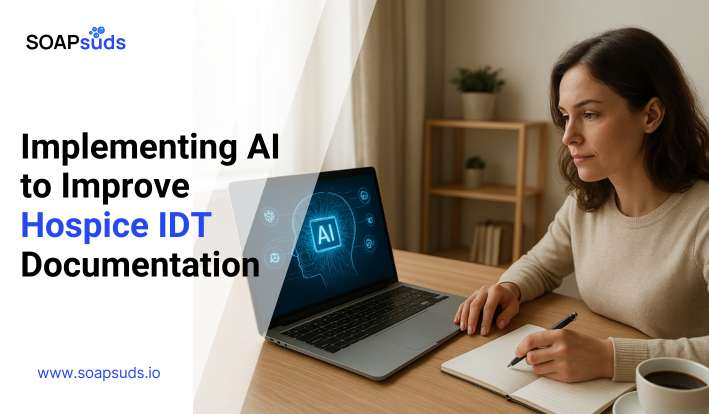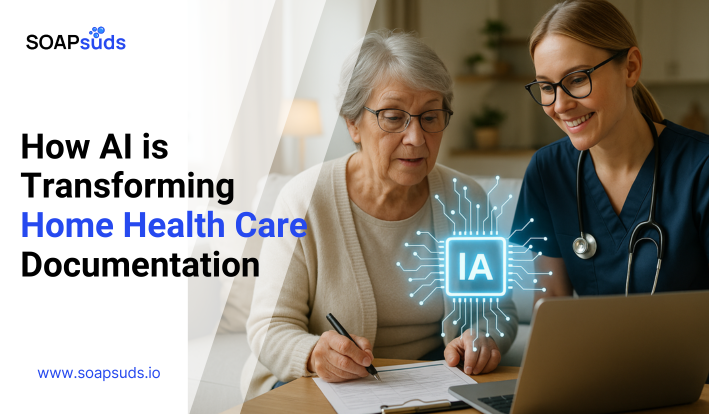Creating AI that Gets into Clinics: The Human-Centered Approach
SOAPsuds team
Published: 3/12/2025
SOAPsuds team
Published: 3/12/2025

Applying artificial intelligence (AI) to improve hospice Interdisciplinary Team (IDT) documentation is reshaping how

Imagine visiting a new doctor with persistent health concerns, only to receive an incorrect diagnosis...

Ever feel buried under too much documentation work? People in healthcare, education, and business often...

Documentation in home health care has long been one of the toughest parts of daily

If your clinical work is being delayed because of long documentation hours, then using medical...

Privacy is one of the most important parts of counseling, acting as both a legal...
Clinical Notes
SOAP notes
DAP notes
AI medical notes